The Taiwanese military’s long relationship with the M41A3 Walker Bulldog light tank, a fighting vehicle that was first delivered to the U.S. Army in 1951, is finally coming to an end. The Walker Bulldog, which saw Cold War-era combat during the Bay of Pigs invasion and later in Vietnam, will close out a remarkable career with Taiwan’s Republic of China Army (ROCA) that began back in 1958.
Taiwan’s Central News Agency (CNA) reported today that the ROCA will formally retire its last Walker Bulldogs on Friday, citing a military officer. The decommissioning ceremony will take place at a base belonging to the Army Infantry Training Command in Hsinchu County, in northwest Taiwan. The event is expected to be attended by generals as well as military personnel who operated the Walker Bulldog during more than 60 years of service with the ROCA.
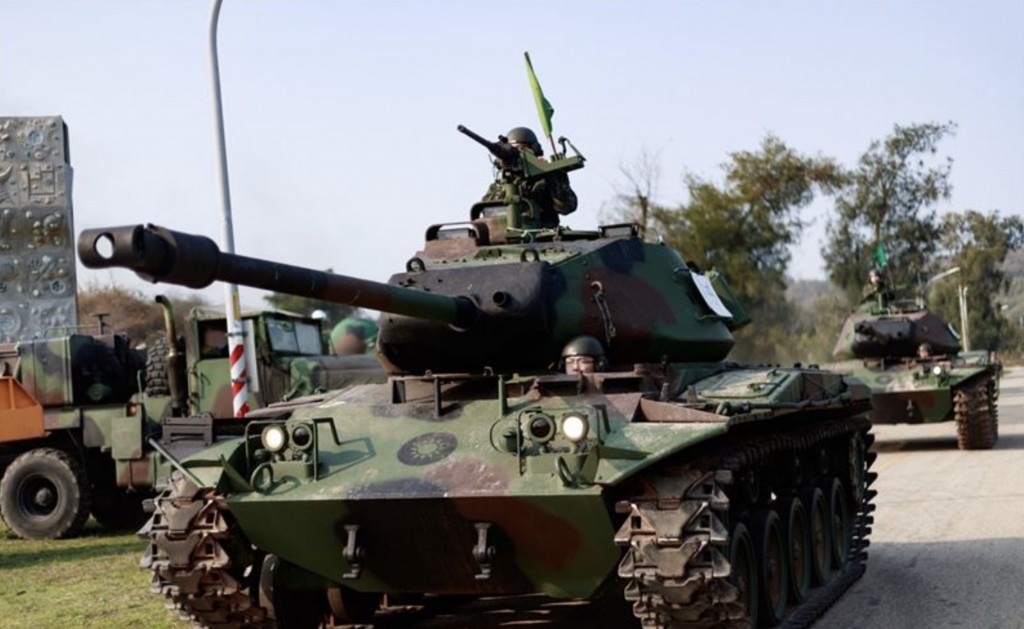
Today, fewer than 20 M41A3s remain in Taiwanese use for training. However, thoroughly reworked M41D tanks, based on the original M41 but with a new diesel engine, re-armed turret, and thermal imaging equipment will remain in use in small numbers.
Other Taiwanese M41A3s — which at one point numbered over 700 examples — have since been replaced by more advanced equipment, in the shape of Cold War-era American-made M60A3 Pattons and locally upgraded CM11 and CM12 Brave Tiger tanks.
Following World War II, the United States, in contrast to many other countries, continued to develop light tanks, primarily for close infantry support and for cavalry reconnaissance, with the idea that they would also be able to hold their own against enemy medium tanks if they encountered them.
In 1946 work began on the M41 as a successor to the classic M24 Chaffee that remained the standard light tank of the US Army after the war and went on to see extensive combat in Korea. Initially, it was hoped that the M41 would be light enough for air transport to allow more rapid deployment, but this proved too ambitious, the final design being too heavy.
Production began at Cadillac’s Cleveland Tank Plant in 1951 and eventually amounted to more than 5,000 examples. When the M41 entered service with the U.S. Army the same year it received the name Walker Bulldog, in part honoring Gen. Walton Walker, who had been killed in a jeep accident in Korea in December 1950.
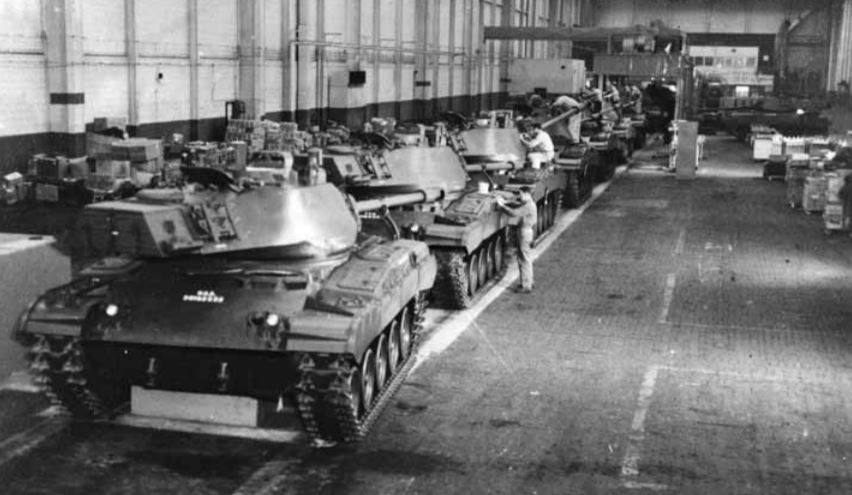
The M41 was armed with a 3-inch main gun that was considerably more powerful than the M24’s 75mm gun but would itself soon be outclassed by the Soviet T-54/55 series. Other weapons comprised a .30-caliber coaxial machine gun and a .50-caliber heavy machine gun mounted ahead of the commander’s cupola.
Overall, the M41 was significantly bigger and heavier than the M24 with a bulkier turret accommodating the long breech block of the 3-inch gun. Armor protection was broadly similar to that of the Chaffee, at around 1.5 inches at its thickest.
The powerplant for the M41 was a single six-cylinder gasoline engine providing 500 horsepower, compared with the twin-engine configuration of the M24 that produced just 220 horsepower.
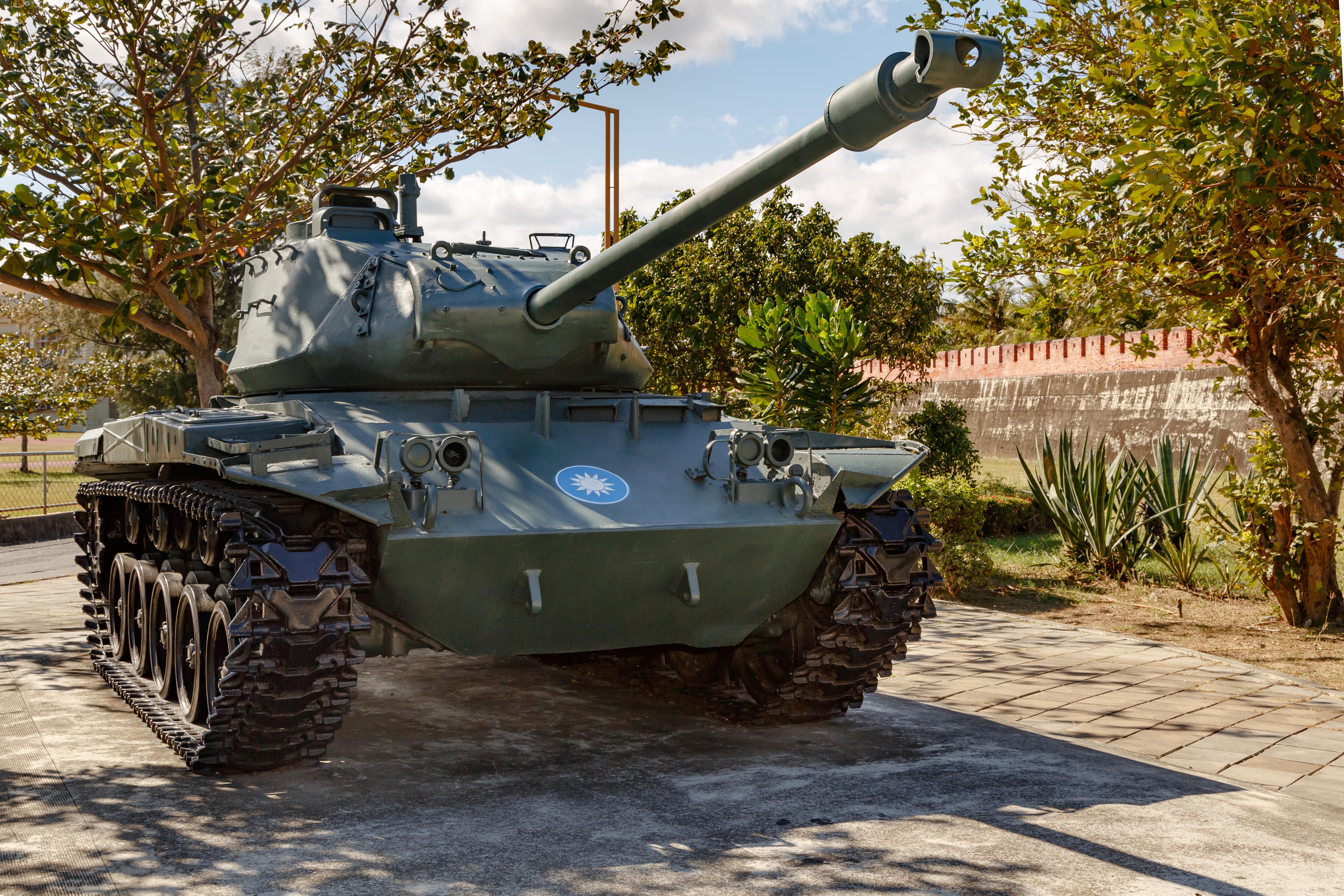
Too late for service in the Korean War, the M41 nonetheless went on to replace the U.S. Army’s M24 by 1953, but the Walker Bulldog made more of an impact as an export product than it did in American service. The final U.S. Army examples made way for the airmobile M551 Sheridan in the 1960s.
Meanwhile, the basic M41 vehicle shared many common automotive components with the M42 twin 40mm self-propelled anti-aircraft gun, as well as the M52 105mm and M44 155mm self-propelled howitzers.
NATO operators of the Walker Bulldog included Belgium, Denmark, Spain, and West Germany, and it found other customers in Africa, Latin America, the Middle East, and the Asia Pacific. The tank saw extensive service with South Vietnam during the Vietnam War. Meanwhile, Taiwan got its first of its many M41A3s — this variant introducing a new fuel injection system — in October 1958.

Since then, Taiwan’s unique position, both politically and militarily, means that it held onto its M41A3s even as they have become increasingly obsolete. After all, should the People’s Liberation Army (PLA) launch an invasion, every single tank and armored vehicle would have to count toward Taiwan’s defense.
Even discounting the soon-to-be-retired M41A3s, however, the ROCA’s tank force is fairly antiquated, with its M60A3s, CM11s, and CM12s notably all armed with 105mm main guns that are outclassed by the larger 120mm cannons on modern PLA main battle tanks, for example.
ROCA tanks and other assets take part in Combat Readiness Week maneuvers in 2020:

The CM11, which first appeared in 1990, combines the turret from older U.S.-supplied M48A3 Pattons with the M60A3 chassis. This tank also features a fire-control system derived from that found on the M1A1 Abrams, making it more accurate, including on the move. Taiwan also obtained a significant number of additional fire-control upgrade kits and installed them on some of their remaining M48A3s, resulting in the CM12.
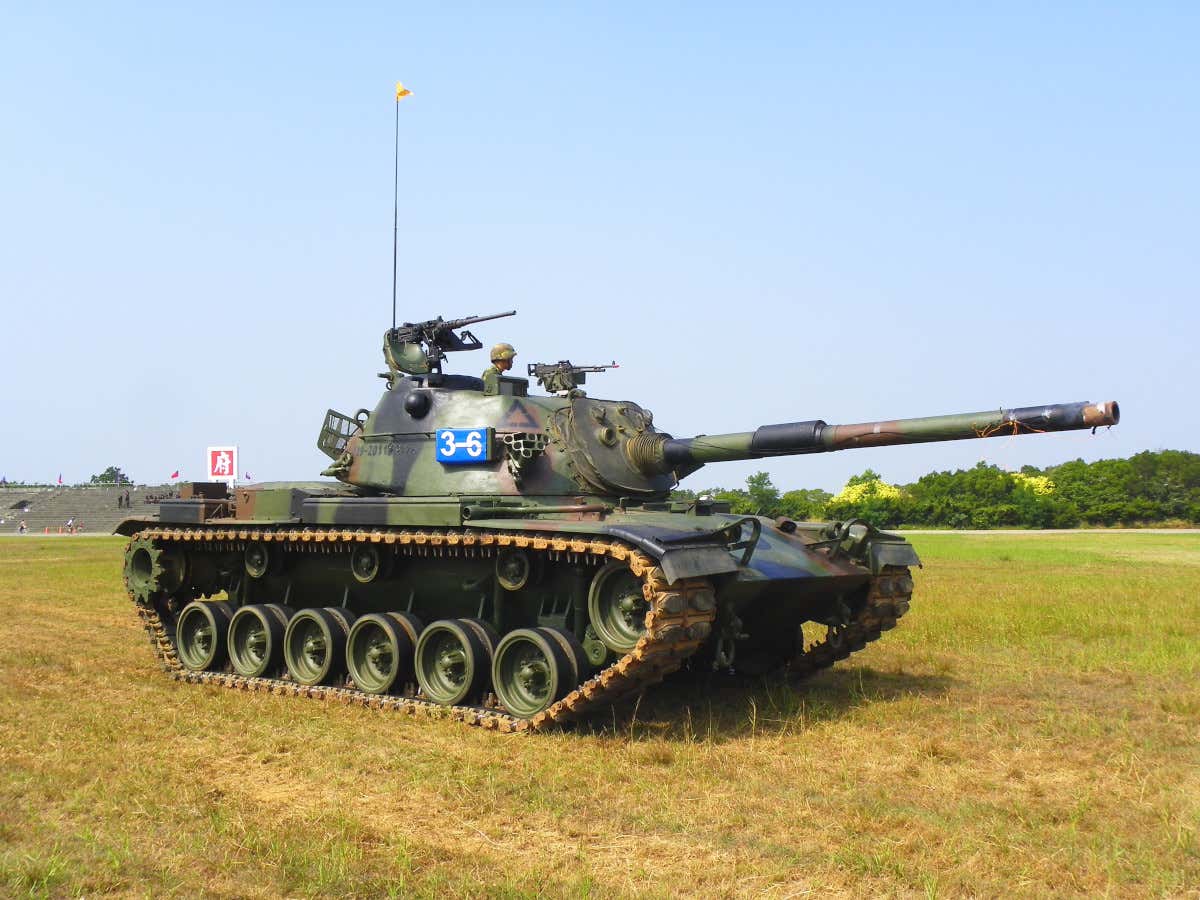
With a view to finally modernizing its tank force, Taiwan has been pursuing plans to buy M1 Abrams tanks from the United States, which in July 2019 approved a package for Taiwan valued at around $2 billion, as announced by the Defense Security Cooperation Agency (DSCA).
“This proposed sale of M1A2 tanks will contribute to the modernization of the recipient’s main battle tank fleet, enhancing its ability to meet current and future regional threats and to strengthen its homeland defense,” the DSCA’s statement said at the time. “These tanks will contribute to the recipient’s goal of updating its military capability while further enhancing interoperability with the United States and other partners.”
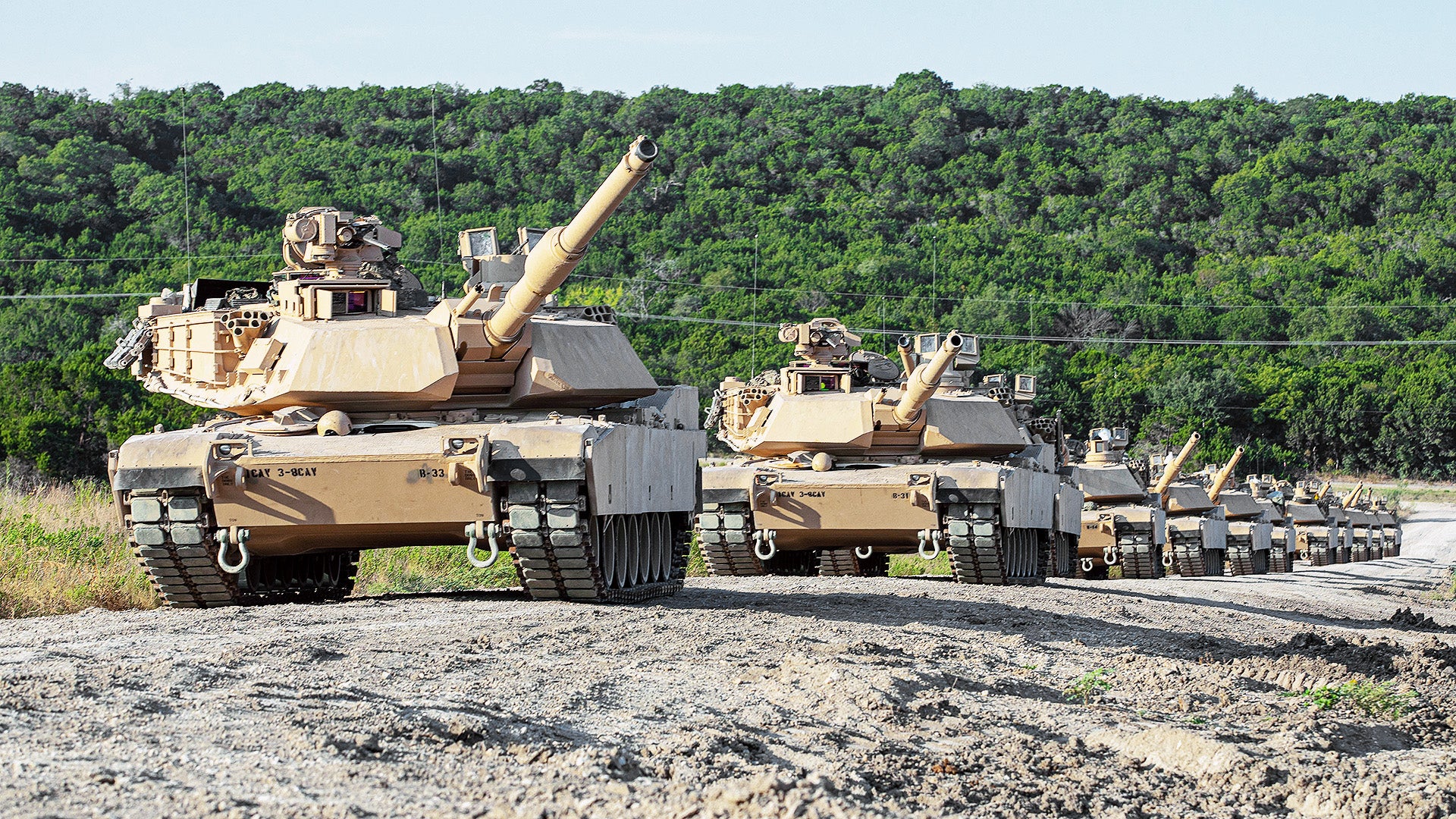
The proposed sale was for 108 Taiwan-specific M1A2T variants, but no further details were provided. Previous Taiwanese media reports described these as “M1A2X” tanks, based on advanced M1A2 System Enhancement Package Version 3 (SEPv3) that’s recently been ordered by both Australia and Poland.
Currently, the status of the proposed deal is unclear, but it’s been reported that the first examples of the new tanks are expected to be delivered to the island next year.
Should the new tanks arrive in 2023 they would make a significant contribution to the modernization of the ROC Armed Forces. With Beijing continuing to claim Taiwan as its territory and with repeated threats to invade and seize control of the island by force if necessary, including if the island declares full independence, an upgraded tank force is clearly a priority.
Contact the author: thomas@thedrive.com
